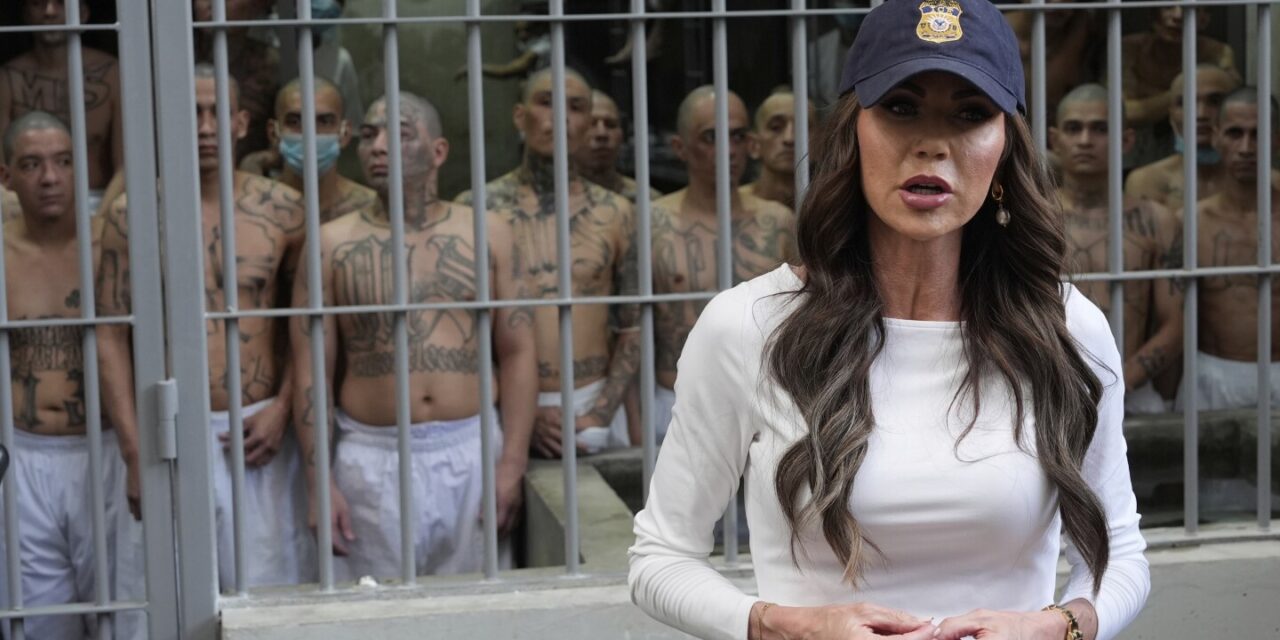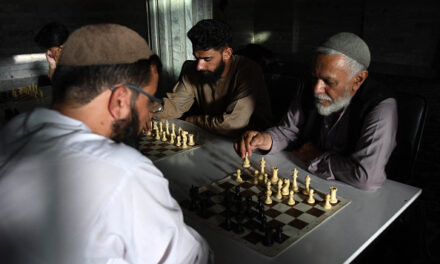I want to make a relatively simple point without resorting to any kind of ideological argument about the Cold War or U.S. foreign policy toward Central America in the latter-half of the 20th-Century. Let me start with some simple facts. The Salvadoran Civil War began in 1979 and ended in 1992. It pitted military governments backed by the United States against left-wing guerrillas supported by Cuba and the Soviet Union. The United States was concerned that El Salvador might fall to communism, as Cuba had before, and therefore was willing to give aid and training to undemocratic governments that engaged in gross violations of human rights, including torture, massacres, disappearances and suppression of all dissent.
The Salvadoran government pursued a war on the peasantry in an effort to deny the guerrillas any safe harbor, and this led many to flee the country. Yet, the United States generally refused to grant asylum during the war, so people seeking refuge in America had no choice but to enter illegally. Large populations of these folks formed in American cities, especially in Los Angeles. Before long, criminal gangs began to form, initially to protect themselves from other gangs, both on the streets and in the prisons. Among these was the MS-13 gang.
When the war ended in 1992, the United States began deporting people back to El Salvador, with an understandable priority on violent gang members. As MS-13 became established in El Salvador, it quickly created a major crime problem that is just grown bigger and bigger over time. This resulted in a second wave of Salvadorans seeking refuge in the United States, but this time they were less worried about their government’s power than its weakness.
This second wave ironically produced many more recruits for American-based Salvadoran gangs, including MS-13. Now, under the Trump administration, there’s a heightened effort to deal with this problem by deporting Salvadorans back to their home country.
What I want to emphasize here is that there’s a cyclical pattern and that the only sure thing we can say about it is that it keeps getting worse. This isn’t to suggest that there is some magical answer that will stop the cycle. I’m not offering a solution. This is a problem that probably could have been prevented by different policies at the outset of the Salvadoran War, but that’s mostly irrelevant now except perhaps for lessons on what not to repeat.
What I’m worried about is a kind of worst of all worlds result. We send gang members back to El Salvador and exacerbate the gang problem there, which boomerangs into new waves of emigres that exacerbate the gang problem here. Meanwhile, we also encourage more repressive actions by the Salvadoran government. So, then we get people fleeing both the gangs and the government.
This is a ride we want to get off. I know it’s a ride the Salvadoran people want to get off. I have many problem with how the Trump administration is going about its deportation program, but I’m making a more basic point. I don’t want MS-13 members in this country anymore than the administration does, but I just don’t think a worst of all worlds approach to the problem is likely to fix anything.
I think one thing people should really think about is the way this churn actually works in real life. We have people fleeing gangs in El Salvador who wind up joining the same gangs in the United States, not because that was their plan, obviously, but because they find themselves weak and marginalized in the United States without the benefits of asylum.
Whatever solution might exist, it definitely involves reducing Salvadorans’ desire to emigrate to the United States. A less repressive government and a reduction in gang violence or prerequisites for that, and we aren’t going to accomplish this by shipping more gang members back while encouraging more strong-arm tactics from the government.
I’m not suggesting that we not deport MS-13 members. I just don’t think it will do much of anything to improve the overall problem.







